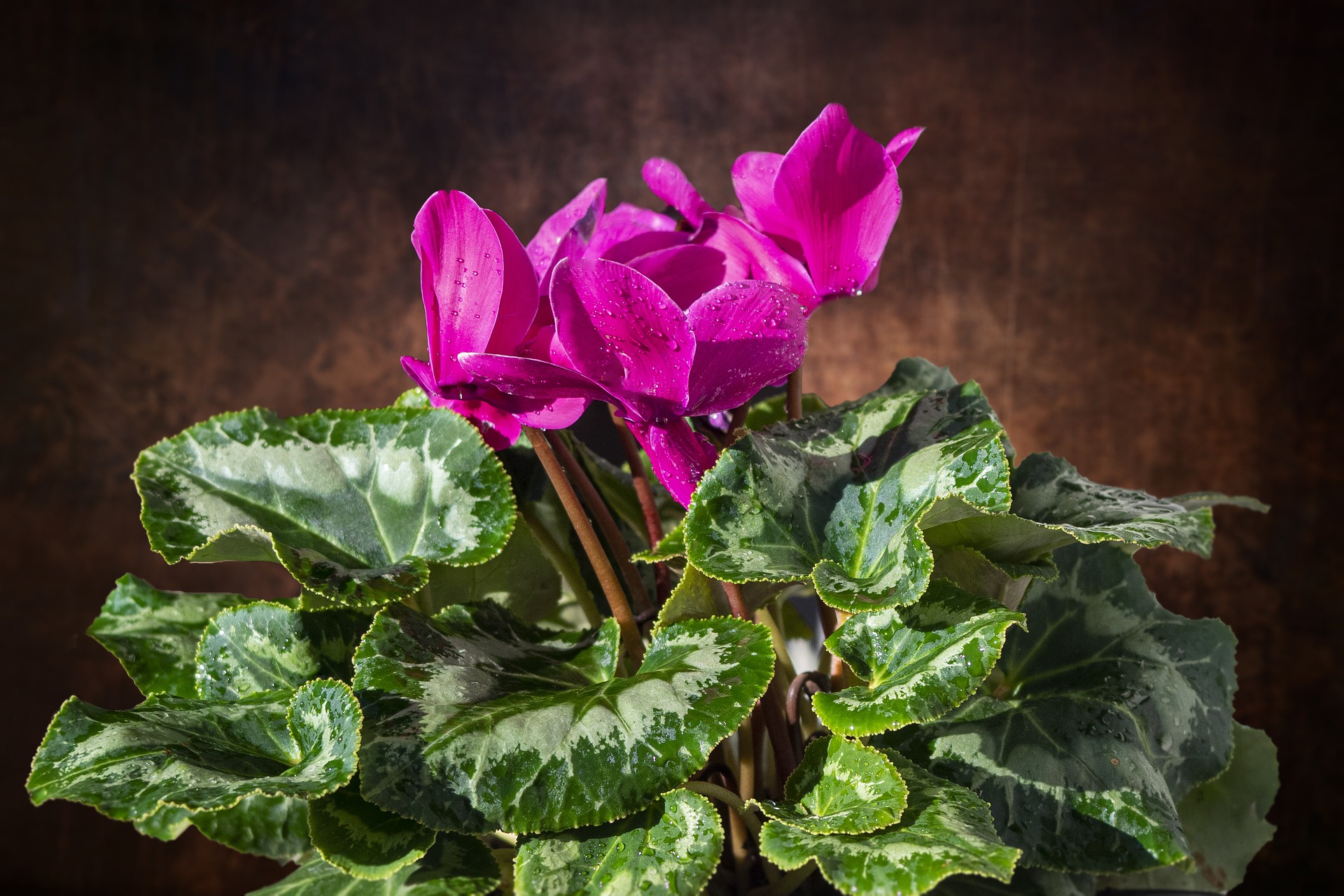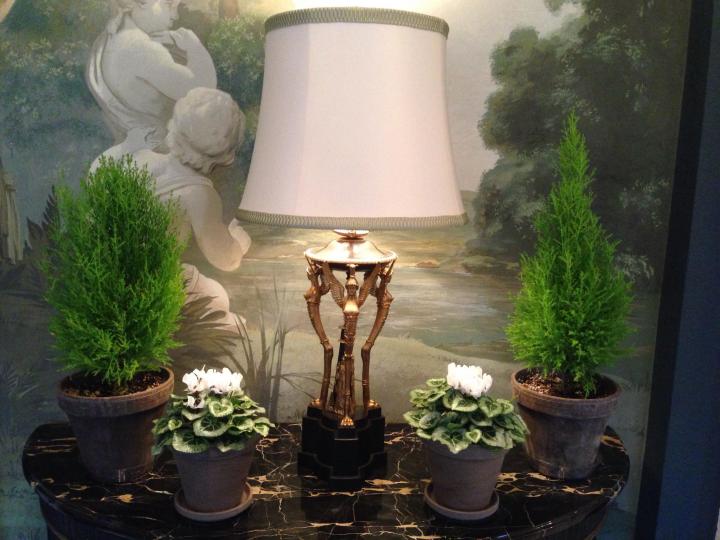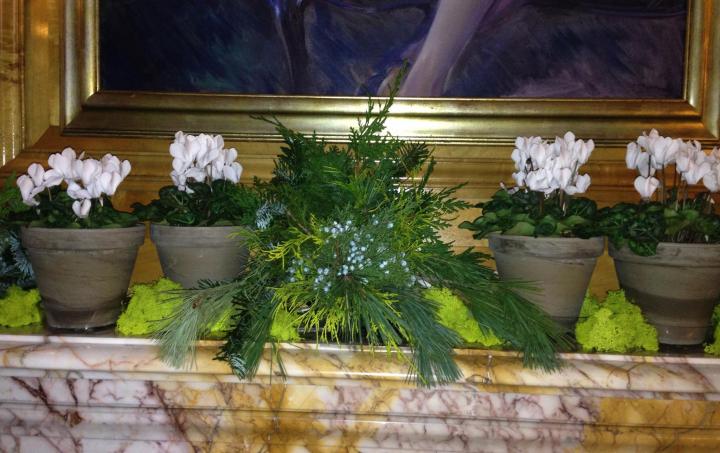Primary Image

Photo Credit
Pixabay
Keep these butterfly-petaled holiday flowers blooming for months with a few simple care steps.
More Like This
I don't know how this works in Texas. I thought I had wasted my money buying cyclamen tubers last year. They didn't do anything in the fall. Now, in the middle of April, one is producing leaves. The planter gets sun during the winter but it's shaded now. Could it be that the plant has decided that the seasons are upside down? But maybe it can't stand the heat. I'm going to bring the other ones up to the surface. The one that is growing is the one that's only half-buried, and frankly it looks like peyote. :-) The others are just under the soil, and I will bring them up.
I did not remove a spent blossom and a seedhead formed. I planted the seeds and got several plants. All grew to maturity. I have done this several times with many diferent cyclamen. I make gifts of them to friends and neighbors. Have you noticed that some cyclamen have a sweet perfume like scent(mostly white) while others have no scent?
I found a very beautiful cyclamen plant...it was marked down to almost nothing--why-I really don't know! But-it is so very beautiful! But-I haven't ever had much luck with cyclamen! Any special "hints" that I might use? Thank you!
I have a offshot of am aloe Vera that I repotted in catus soil. The leaves are getting black spots on them. Please help.
Hi Rita, We'd suggest you go to an aloe vera page and an expert can help you there. Here's one : https://www.almanac.com/blog/natural-health-home-tips/aloe-vera-self-regenerating-first-aid-kit
I ordered some Hardy Cyclamen bulbs last Fall and they started sprouting before I could get them planted outside. (We had a very early, very harsh winter.) I planted them in a pot inside and they have survived, although they are very small, and are blooming. I would like to plant them outside. Should I just leave them, watering occasionally as I do now, and wait to plant them in the Fall?
Good Morning,
My cyclamen finished flowering about a month ago..They are near the north window, about 15" away. Now, a few leaves are still standing out and green. What do I do now. I live in an apartment and have a terrace. it could go down to 20 or less out there. Since the cycle is the opposite of what you described, what should I do to get them to bloom next season. They were in bloom since September. Thanks













Comments